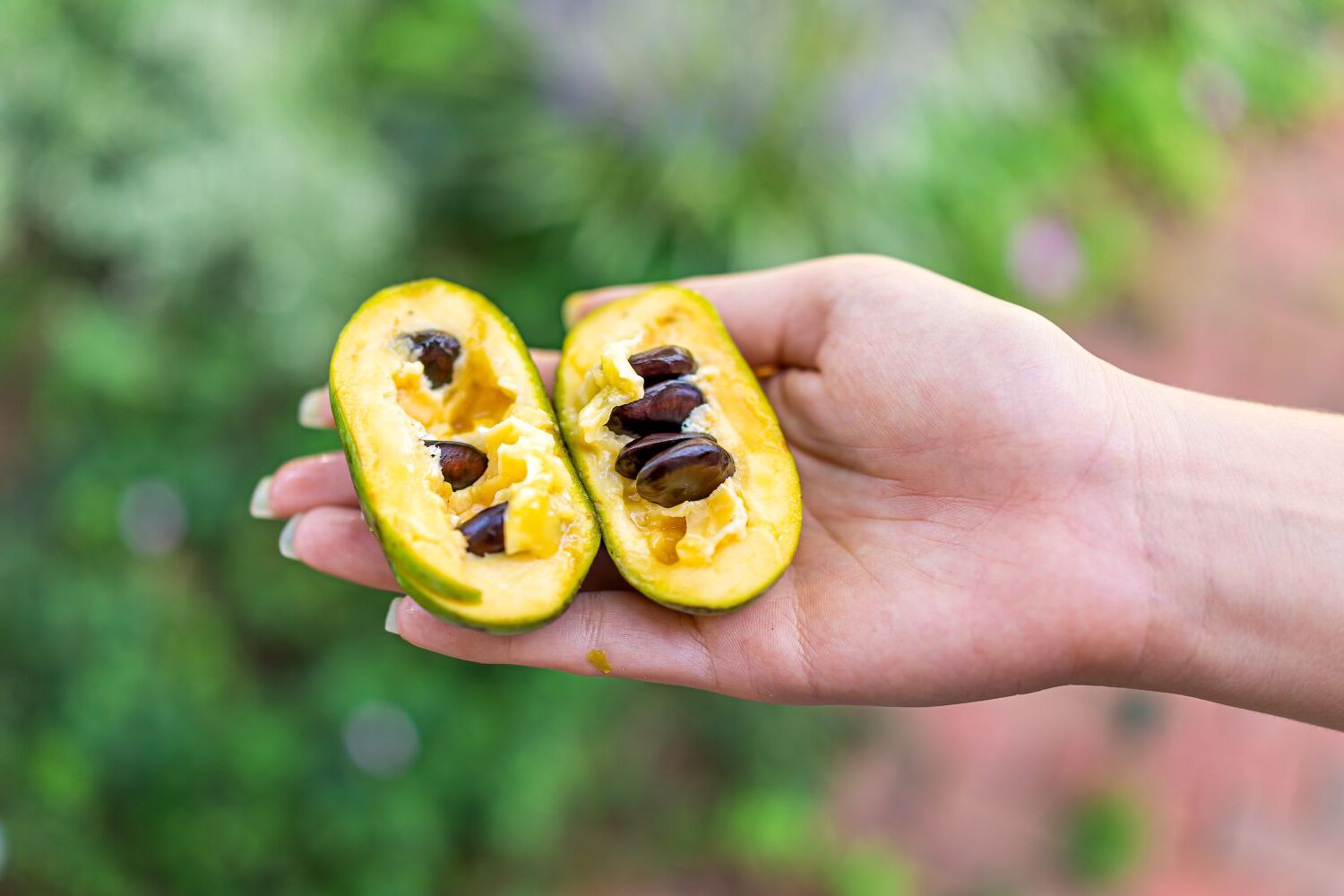
Pawpaw is a fruit that often flies under the radar, but it has a lot to offer. Did you know that pawpaw is the largest edible fruit native to the United States? This unique fruit, sometimes called the "poor man's banana," has a creamy texture and a flavor mix of banana, mango, and melon. Pawpaw trees thrive in the wild, especially in the eastern U.S., and have been enjoyed by Native Americans for centuries. Curious about more pawpaw facts? From its nutritional benefits to its quirky history, we've got 33 fascinating tidbits that will make you see this fruit in a whole new light. Get ready to become a pawpaw expert!
What is Pawpaw?
Pawpaw, also known as Asimina triloba, is a unique fruit native to North America. It has a tropical flavor and creamy texture, making it a hidden gem among fruits. Let's dive into some fascinating facts about this lesser-known fruit.
- Pawpaw is the largest edible fruit native to the United States.
- It belongs to the Annonaceae family, which includes tropical fruits like cherimoya and soursop.
- The fruit has a custard-like texture, often compared to bananas, mangoes, and melons.
- Pawpaw trees can grow up to 25 feet tall.
- The fruit is typically 3 to 6 inches long and weighs between 5 to 16 ounces.
- Pawpaw has a short shelf life, usually lasting only 2 to 3 days at room temperature.
- The fruit is rich in vitamins A, C, and several essential minerals.
- Pawpaw seeds are large and inedible, often compared to lima beans in size and shape.
- The tree's leaves and bark contain natural insecticides, making it relatively pest-resistant.
- Pawpaw flowers are dark maroon and emit a faint odor to attract pollinators like flies and beetles.
Historical Significance of Pawpaw
Pawpaw has a rich history, dating back to Native American cultures and early American settlers. Its significance goes beyond just being a tasty fruit.
- Native Americans cultivated pawpaw and used it as a food source.
- The fruit was a favorite of early American explorers like Lewis and Clark.
- Thomas Jefferson grew pawpaw trees at Monticello, his Virginia estate.
- Pawpaw seeds were used in traditional medicine by Native American tribes.
- The fruit was often dried and stored for winter months by early settlers.
- Pawpaw was a staple in the diet of many indigenous tribes, including the Cherokee and Iroquois.
Nutritional Benefits of Pawpaw
Pawpaw isn't just delicious; it's also packed with nutrients that offer various health benefits. Let's explore what makes this fruit a nutritional powerhouse.
- Pawpaw is high in antioxidants, which help fight free radicals in the body.
- The fruit contains significant amounts of dietary fiber, aiding in digestion.
- Pawpaw is a good source of magnesium, which supports muscle and nerve function.
- It has a low glycemic index, making it suitable for people with diabetes.
- The fruit's high potassium content helps regulate blood pressure.
- Pawpaw contains essential amino acids, which are the building blocks of proteins.
- The fruit's vitamin C content boosts the immune system and promotes skin health.
Growing and Harvesting Pawpaw
Growing pawpaw can be a rewarding experience, but it requires specific conditions to thrive. Here are some interesting facts about cultivating this unique fruit.
- Pawpaw trees prefer well-drained, fertile soil with a pH between 5.5 and 7.
- The trees need partial shade when young but can tolerate full sun as they mature.
- Pawpaw trees are typically propagated from seeds, which require stratification (cold treatment) to germinate.
- The trees are slow-growing, taking about 4 to 8 years to produce fruit.
- Pawpaw fruit is usually harvested in late summer to early fall.
- The fruit should be picked when it is slightly soft to the touch and emits a fruity aroma.
- Pawpaw trees are self-incompatible, meaning they require cross-pollination from another tree for fruit production.
- Hand-pollination can increase fruit yield, as natural pollinators are often inefficient.
Culinary Uses of Pawpaw
Pawpaw's unique flavor and texture make it a versatile ingredient in various culinary applications. Here are some ways to enjoy this delicious fruit.
- Pawpaw can be eaten fresh, scooped out of the skin like custard.
- The fruit is often used in desserts like ice cream, pies, and puddings.
Pawpaw's Place in Nature
Pawpaw trees are more than just a quirky fruit. They play a vital role in their ecosystems, providing food for wildlife and supporting biodiversity. These trees are native to North America, making them a unique part of the continent's natural heritage. Their large, tropical-looking leaves and distinctive fruit make them stand out in any landscape.
For gardeners, pawpaws offer a chance to grow something unusual and rewarding. They require minimal care once established and can thrive in various soil types. Plus, their fruit is a delicious treat, often described as a mix between banana, mango, and melon.
Whether you're a nature enthusiast, a gardener, or just curious about unique plants, pawpaws are worth your attention. They remind us of the incredible diversity in the plant world and the hidden gems waiting to be discovered in our own backyards.
Was this page helpful?
Our commitment to delivering trustworthy and engaging content is at the heart of what we do. Each fact on our site is contributed by real users like you, bringing a wealth of diverse insights and information. To ensure the highest standards of accuracy and reliability, our dedicated editors meticulously review each submission. This process guarantees that the facts we share are not only fascinating but also credible. Trust in our commitment to quality and authenticity as you explore and learn with us.
